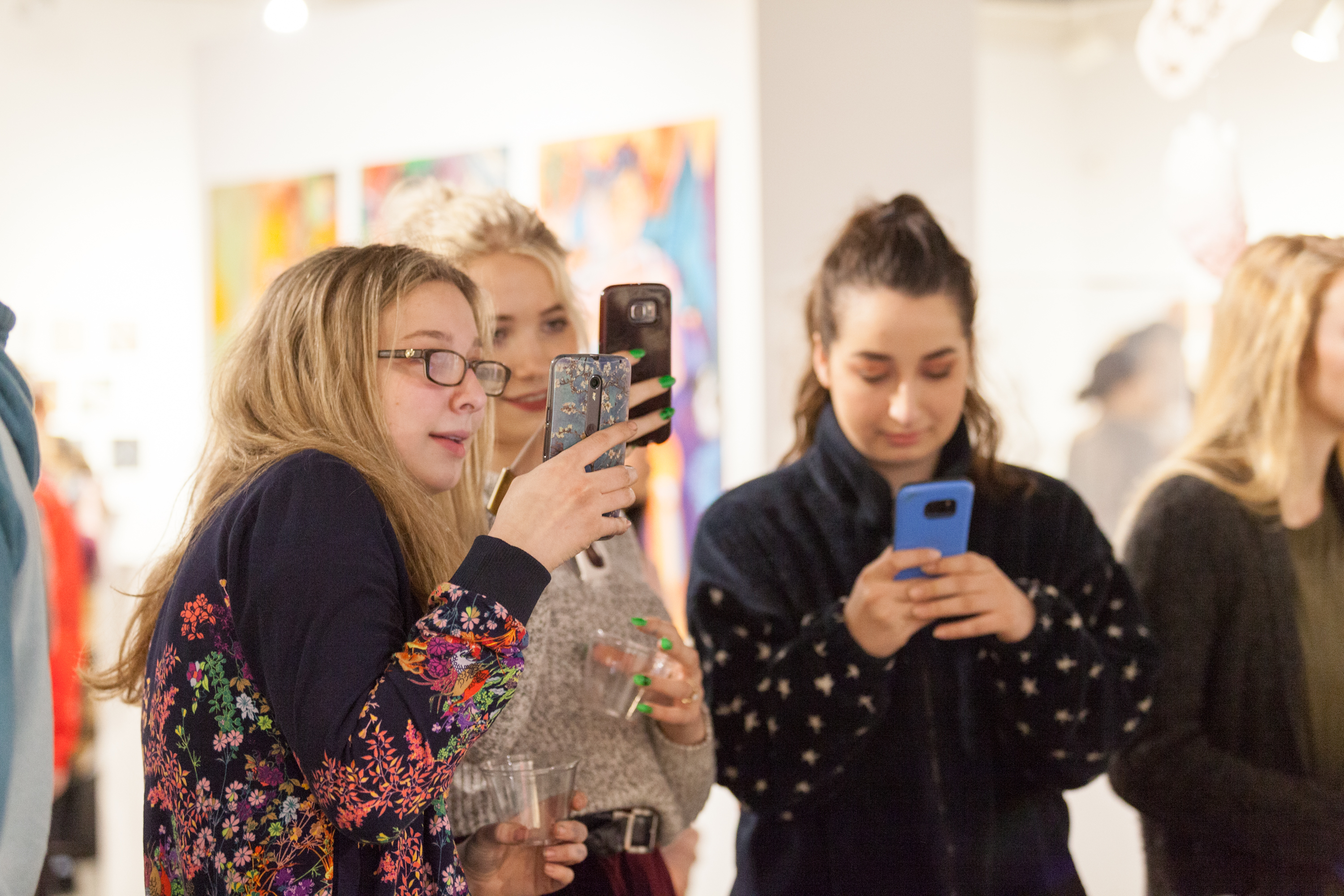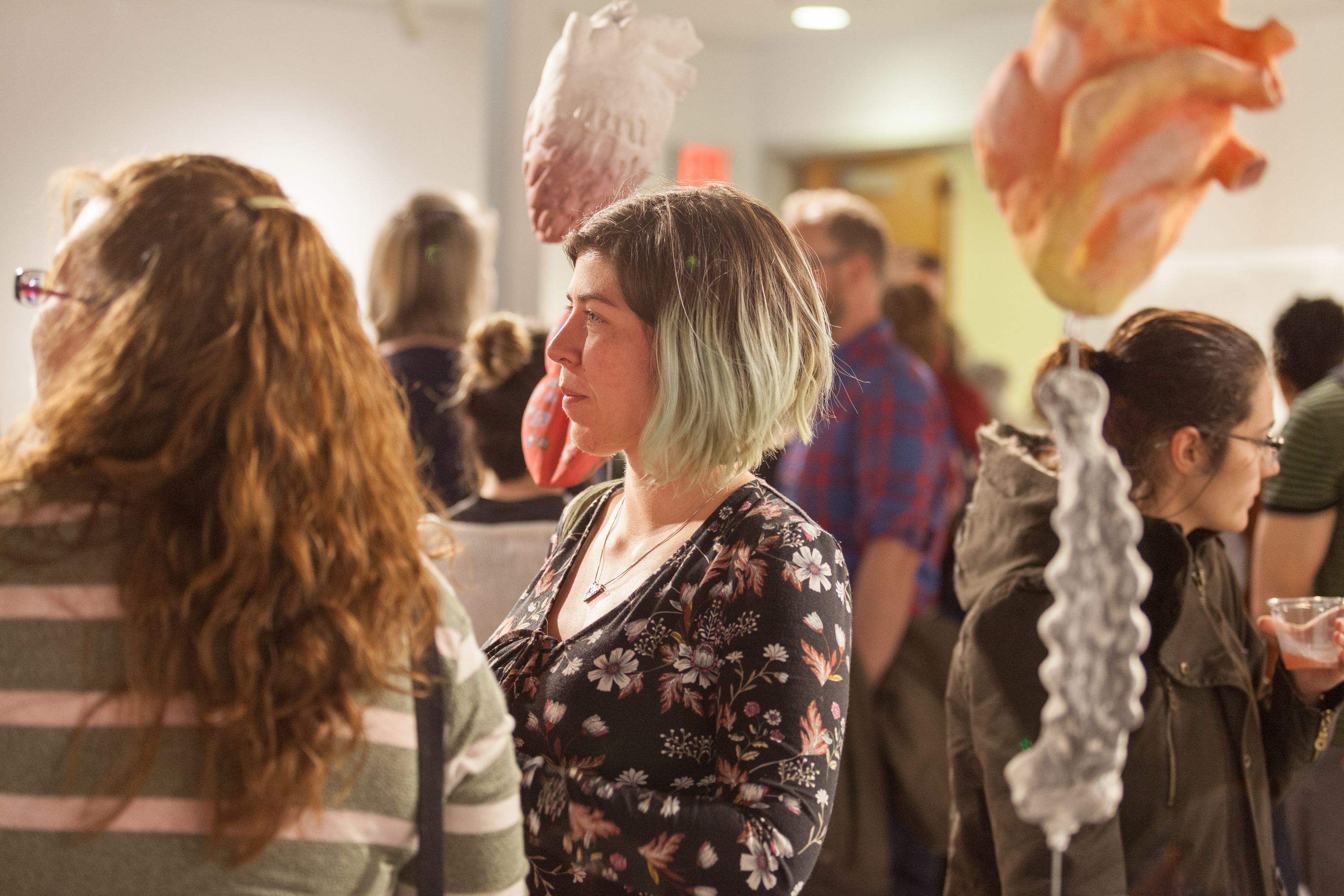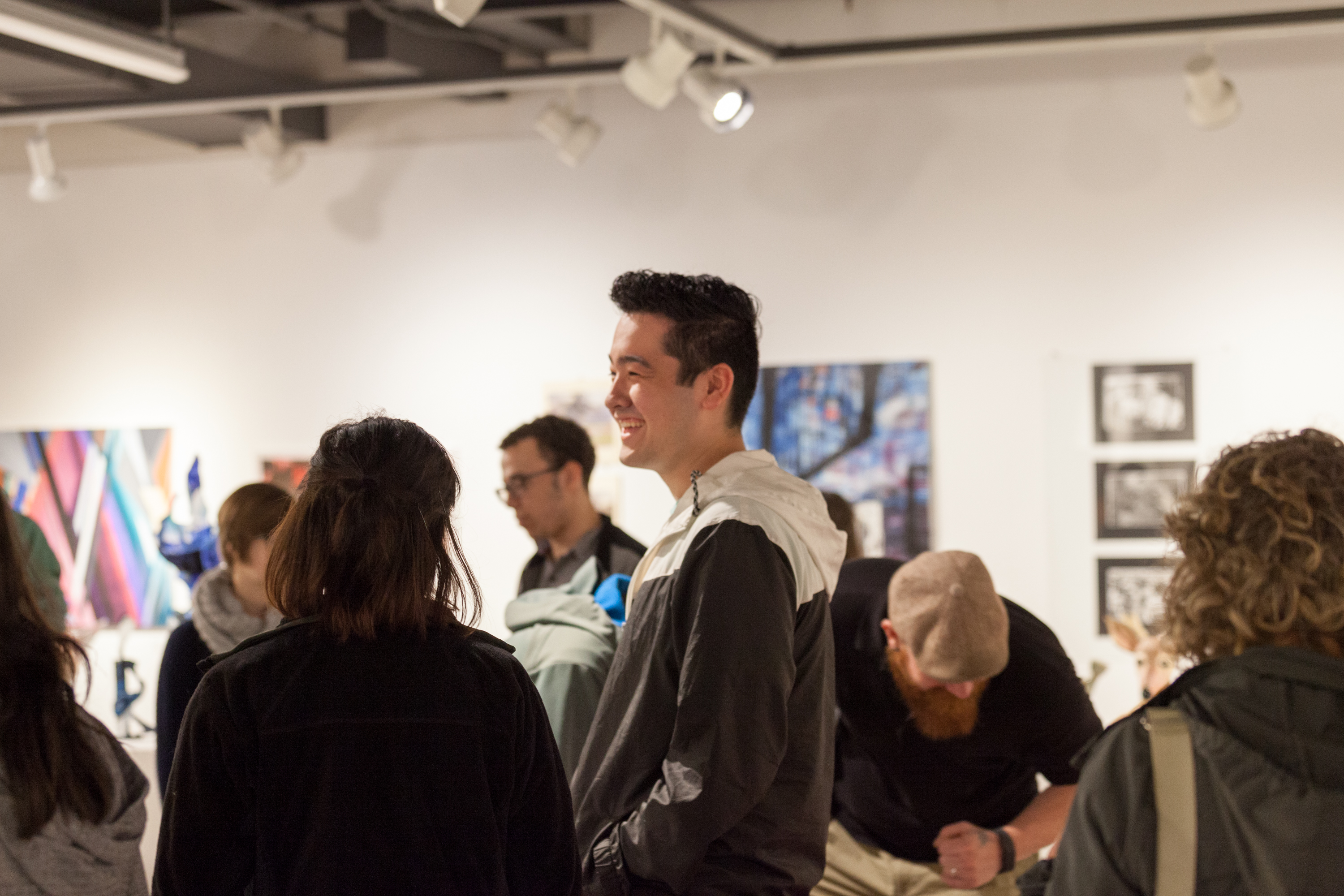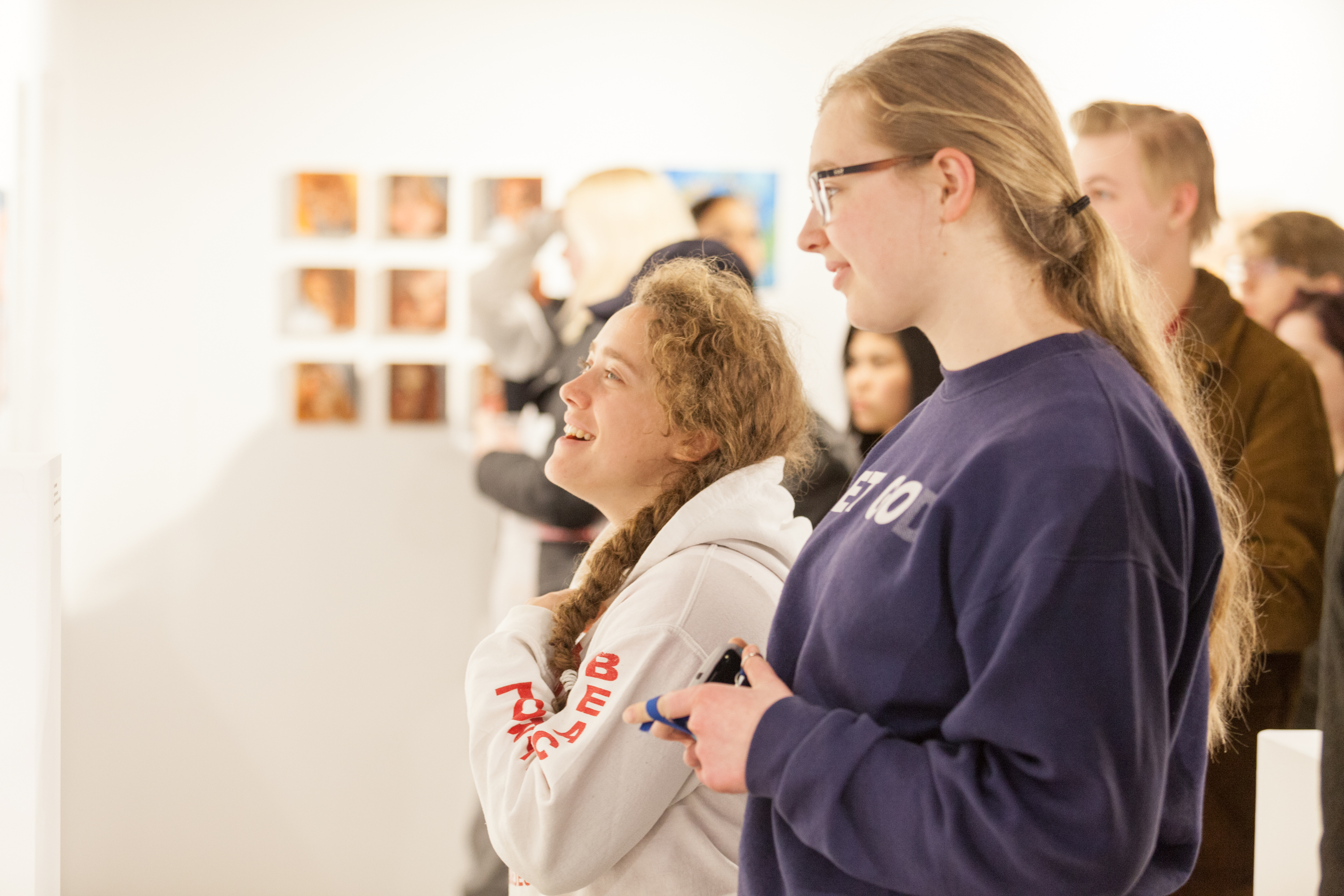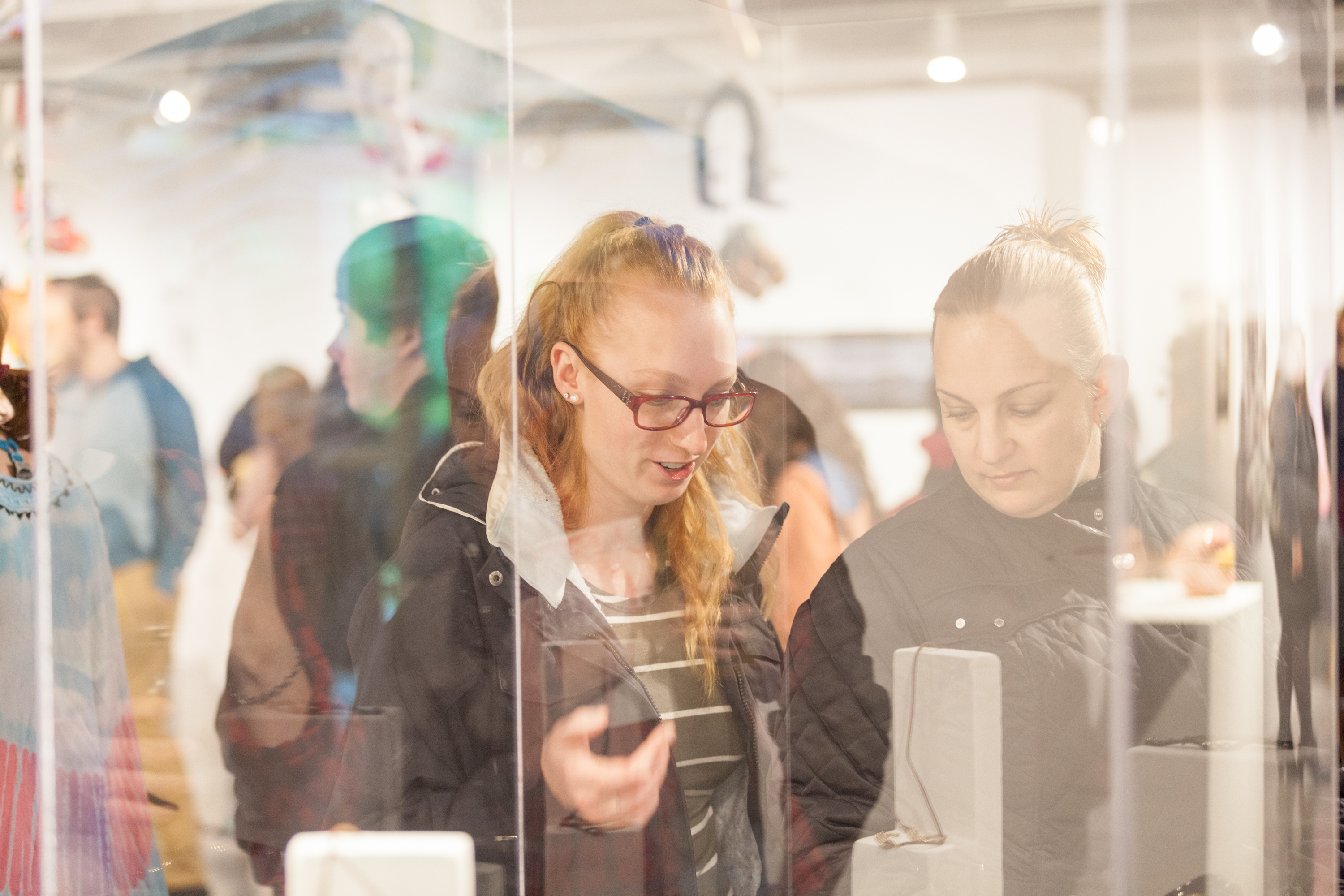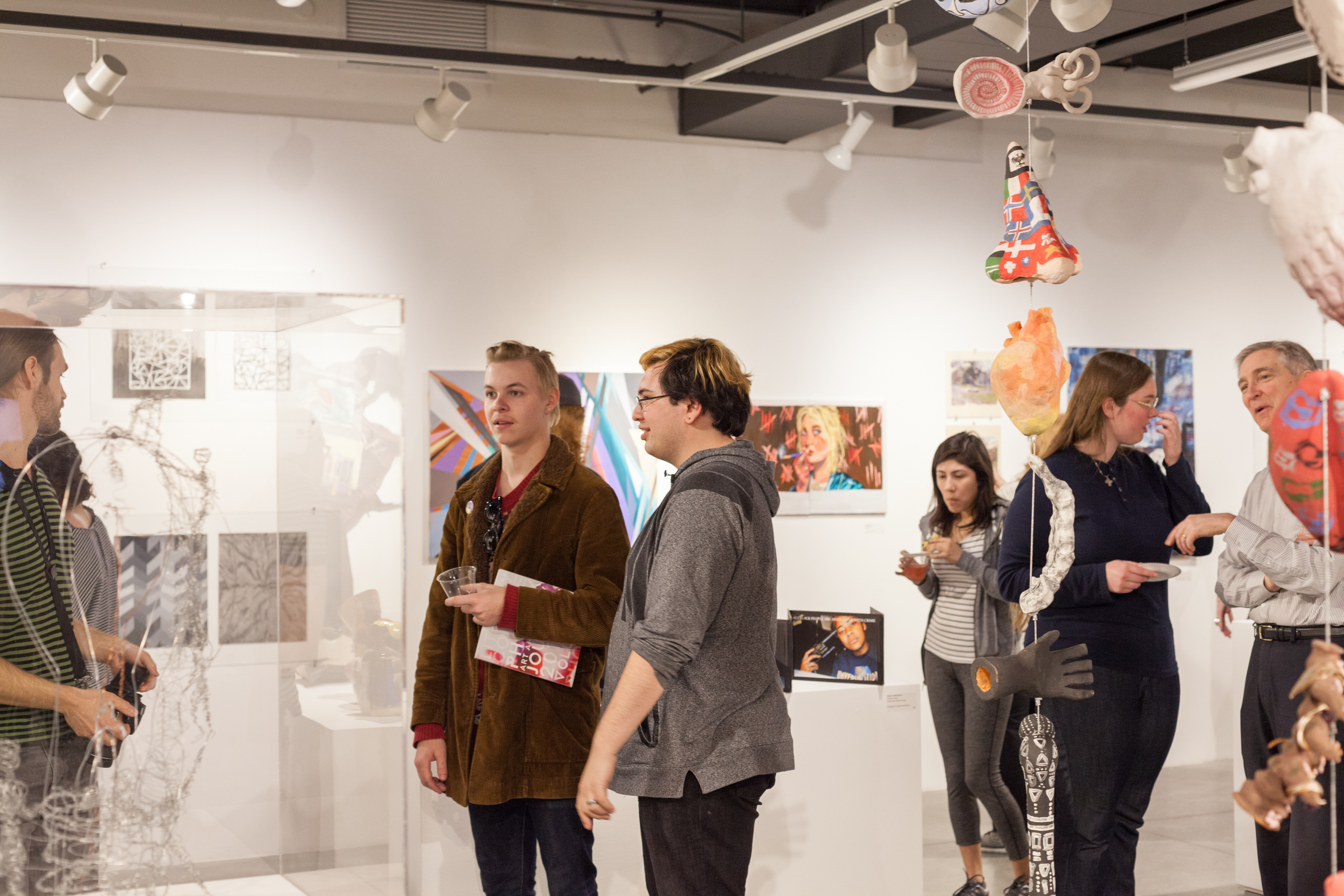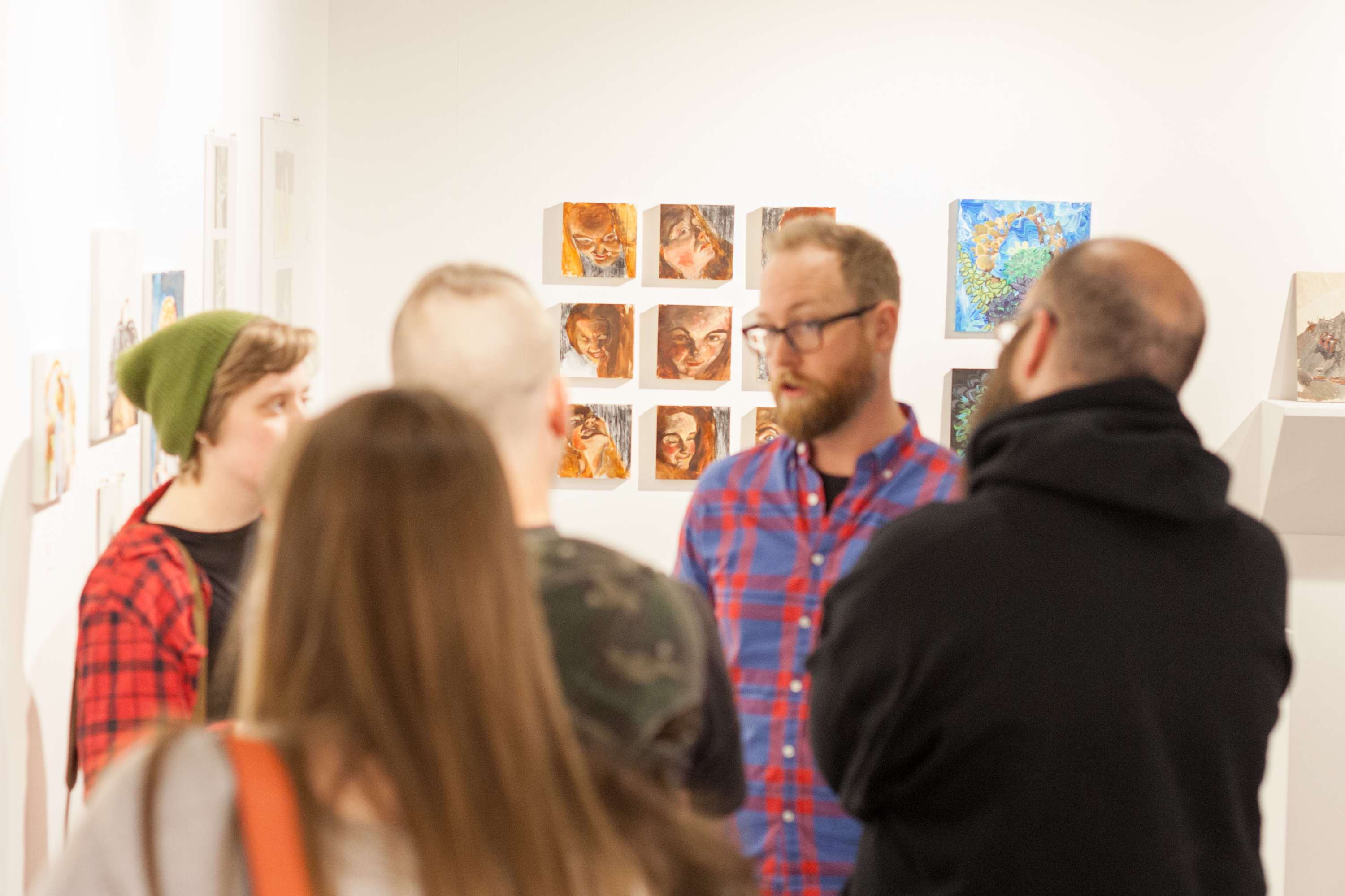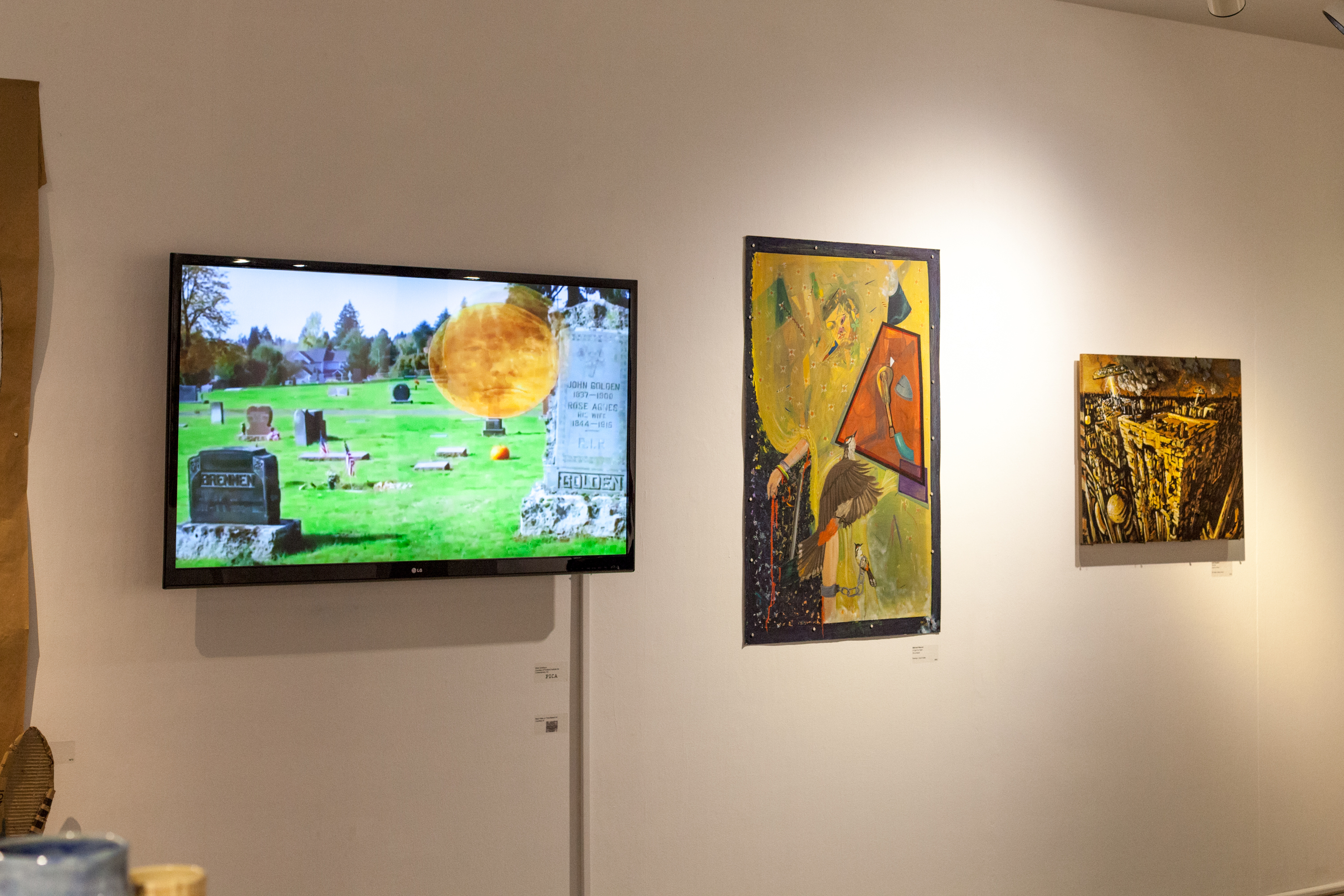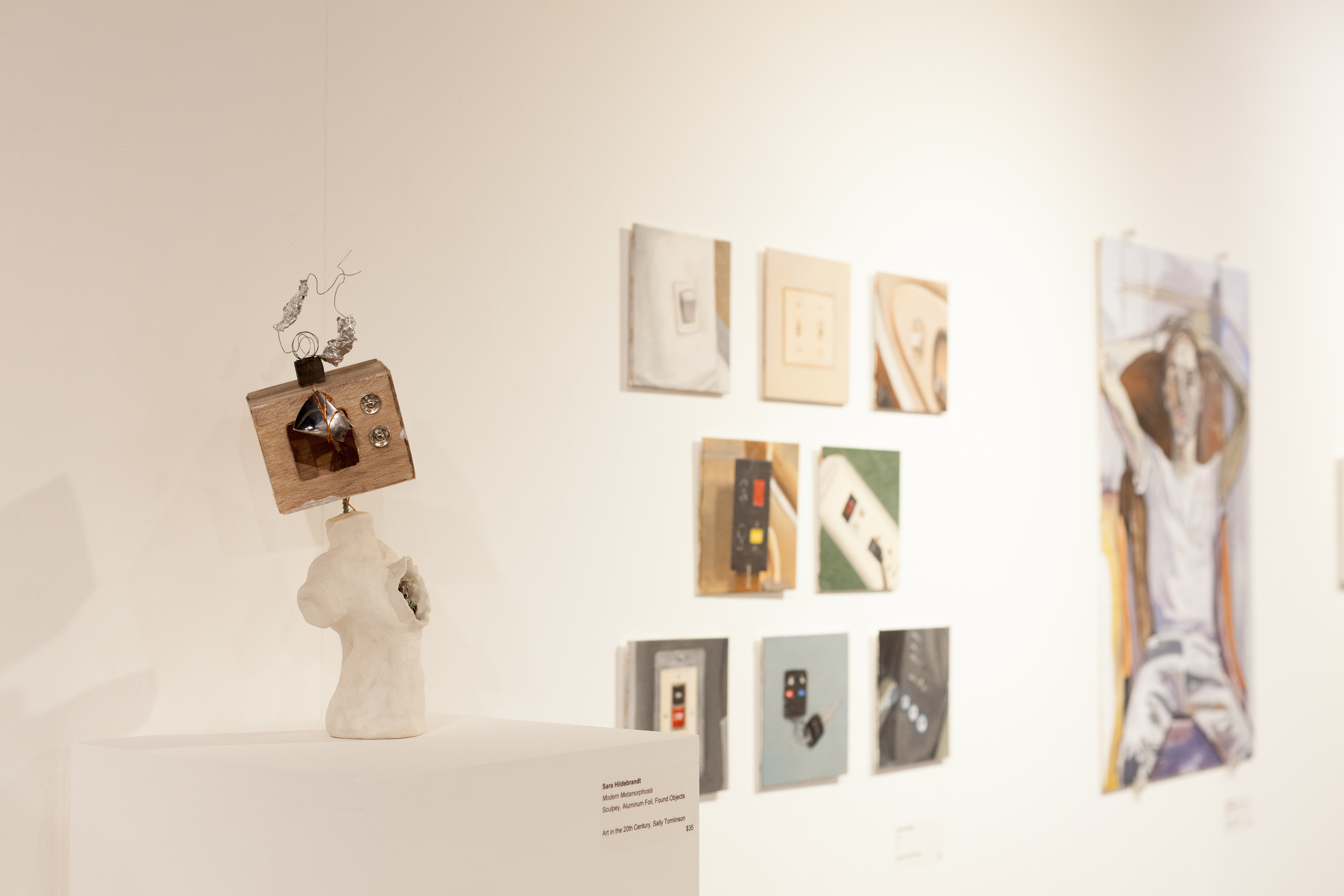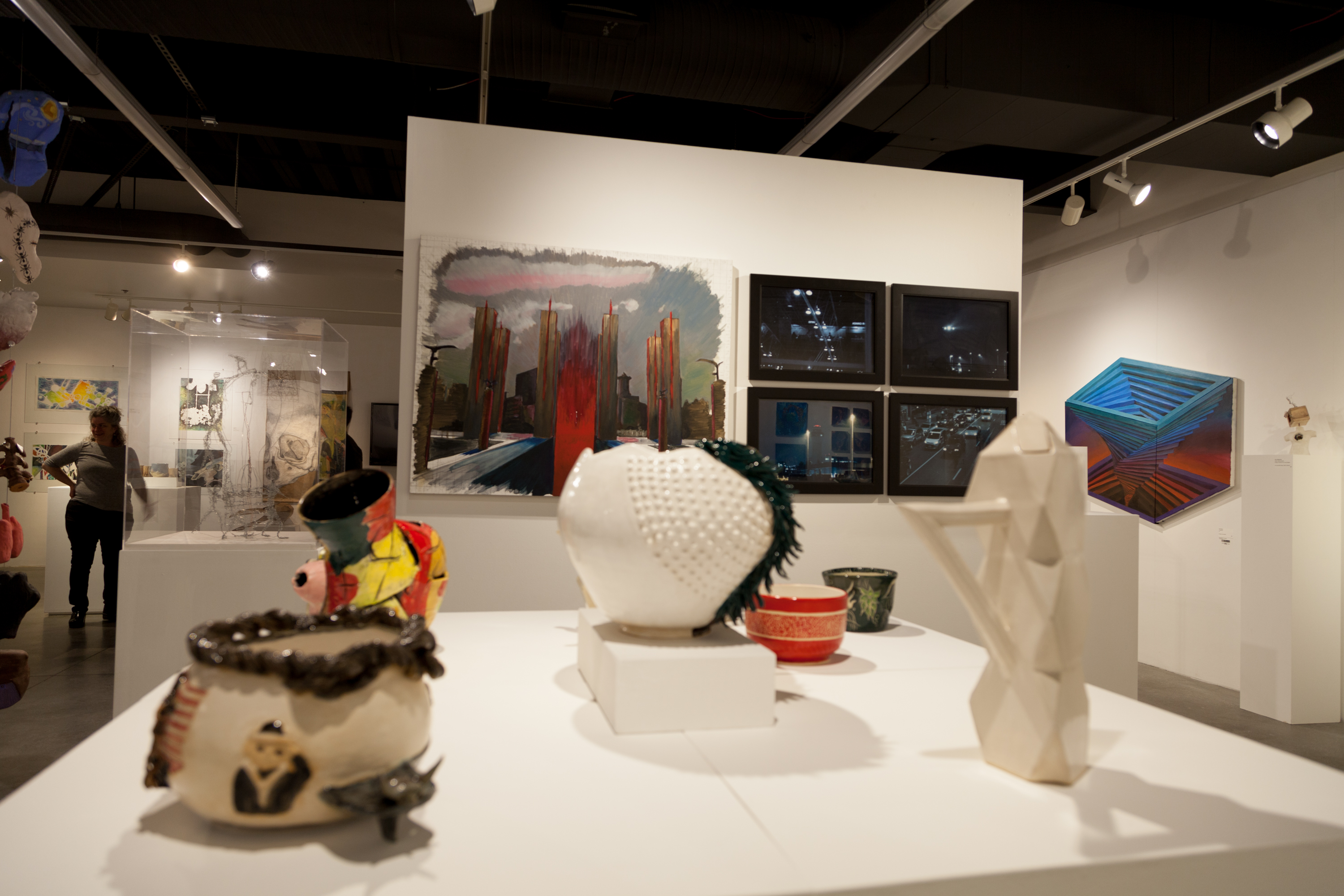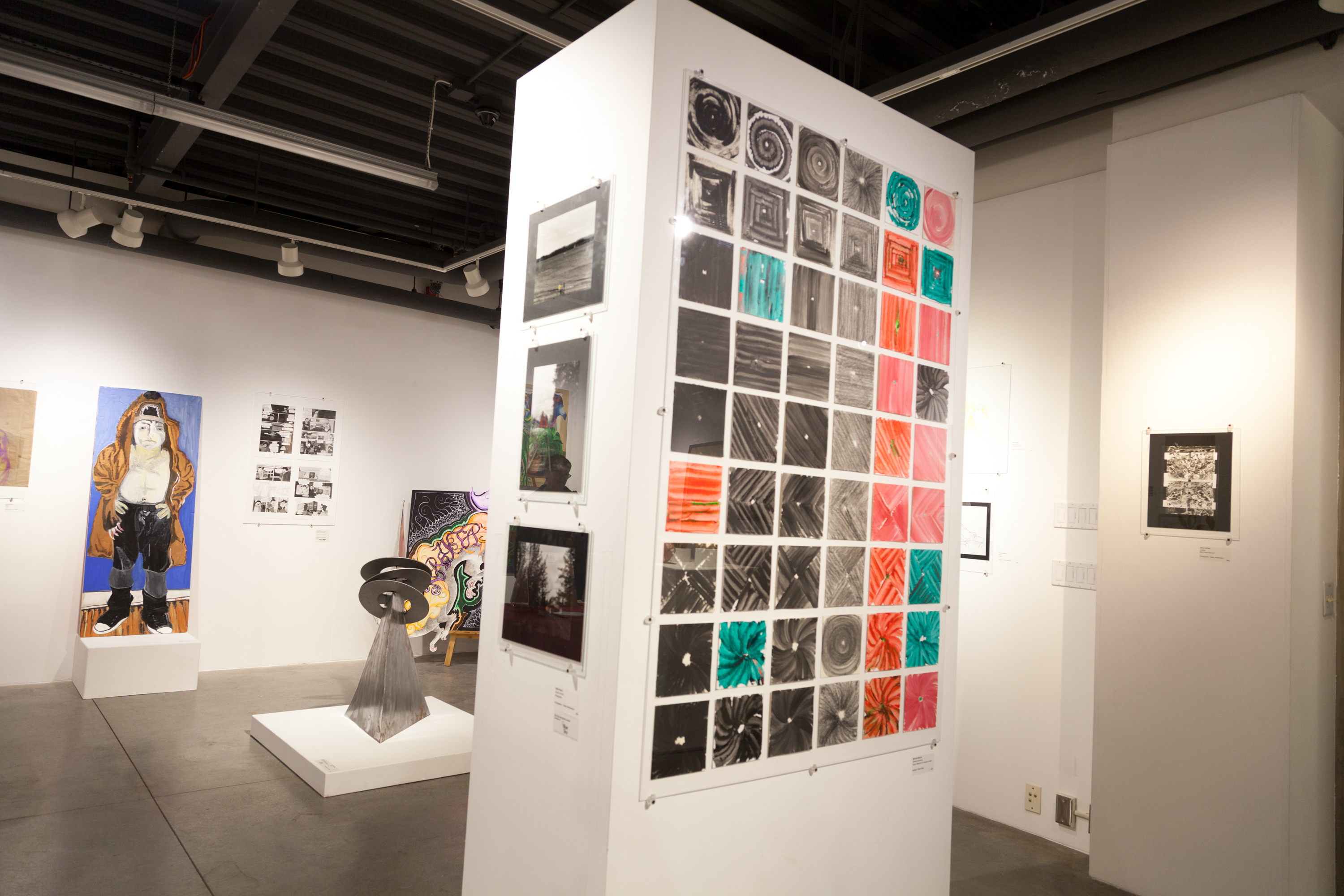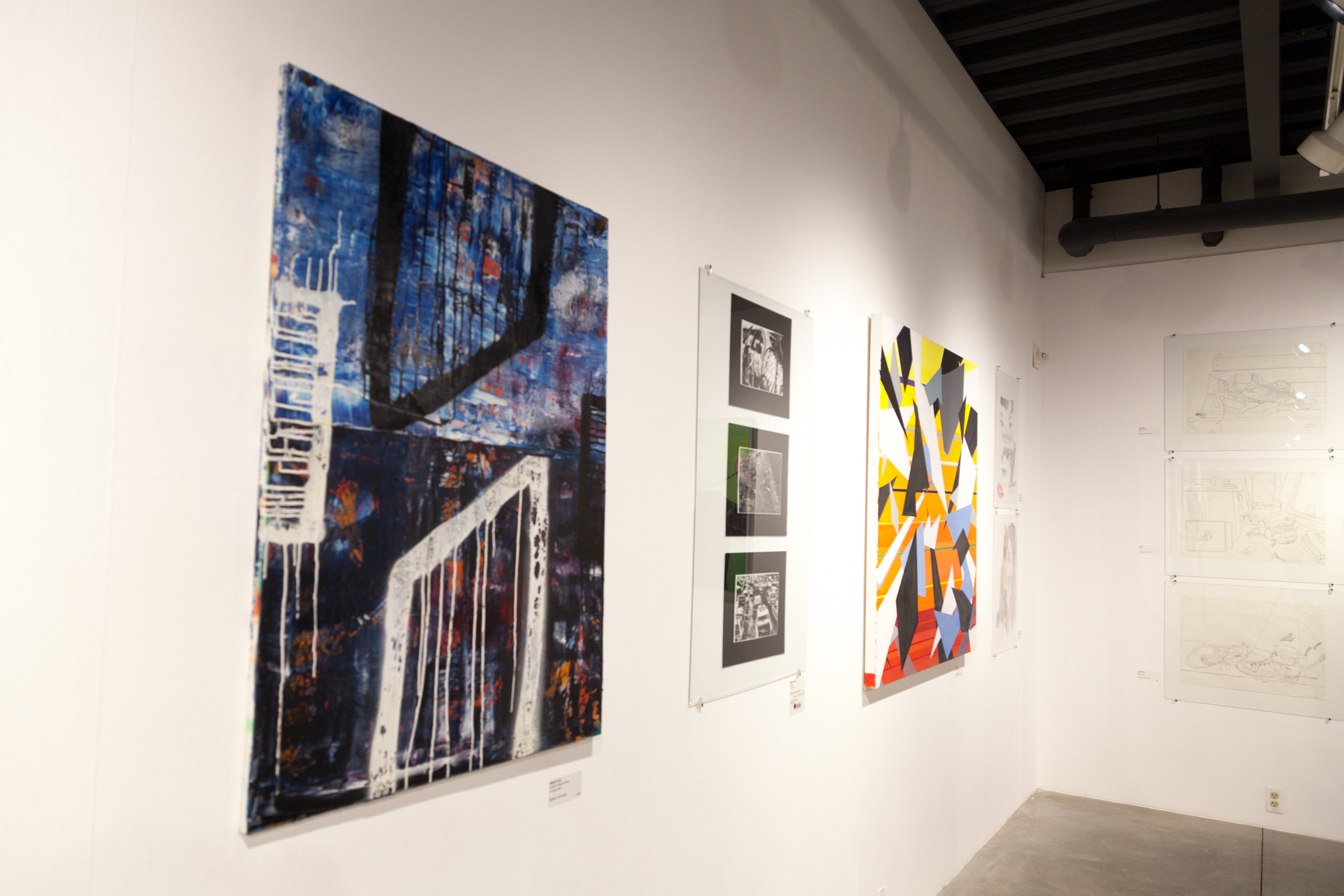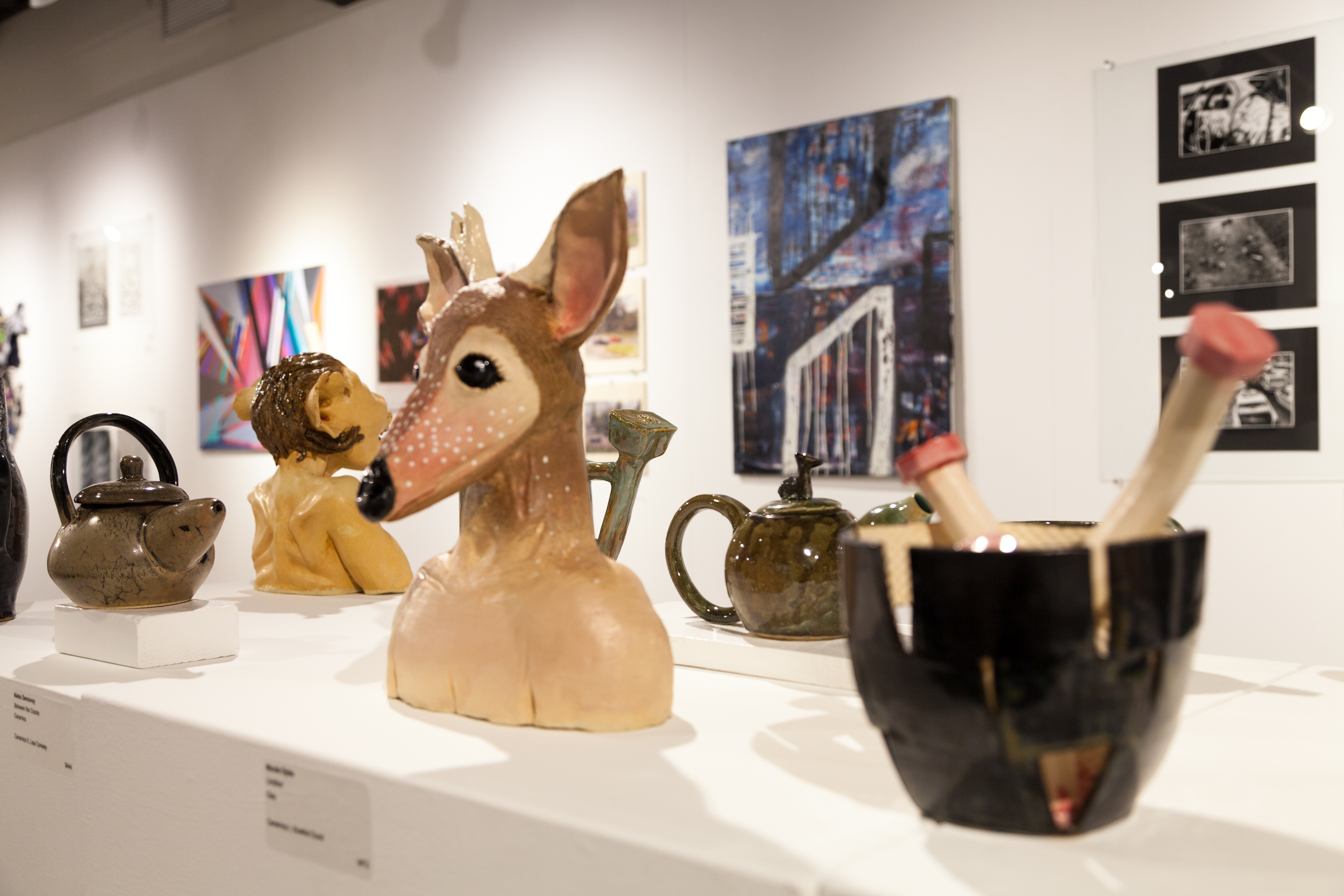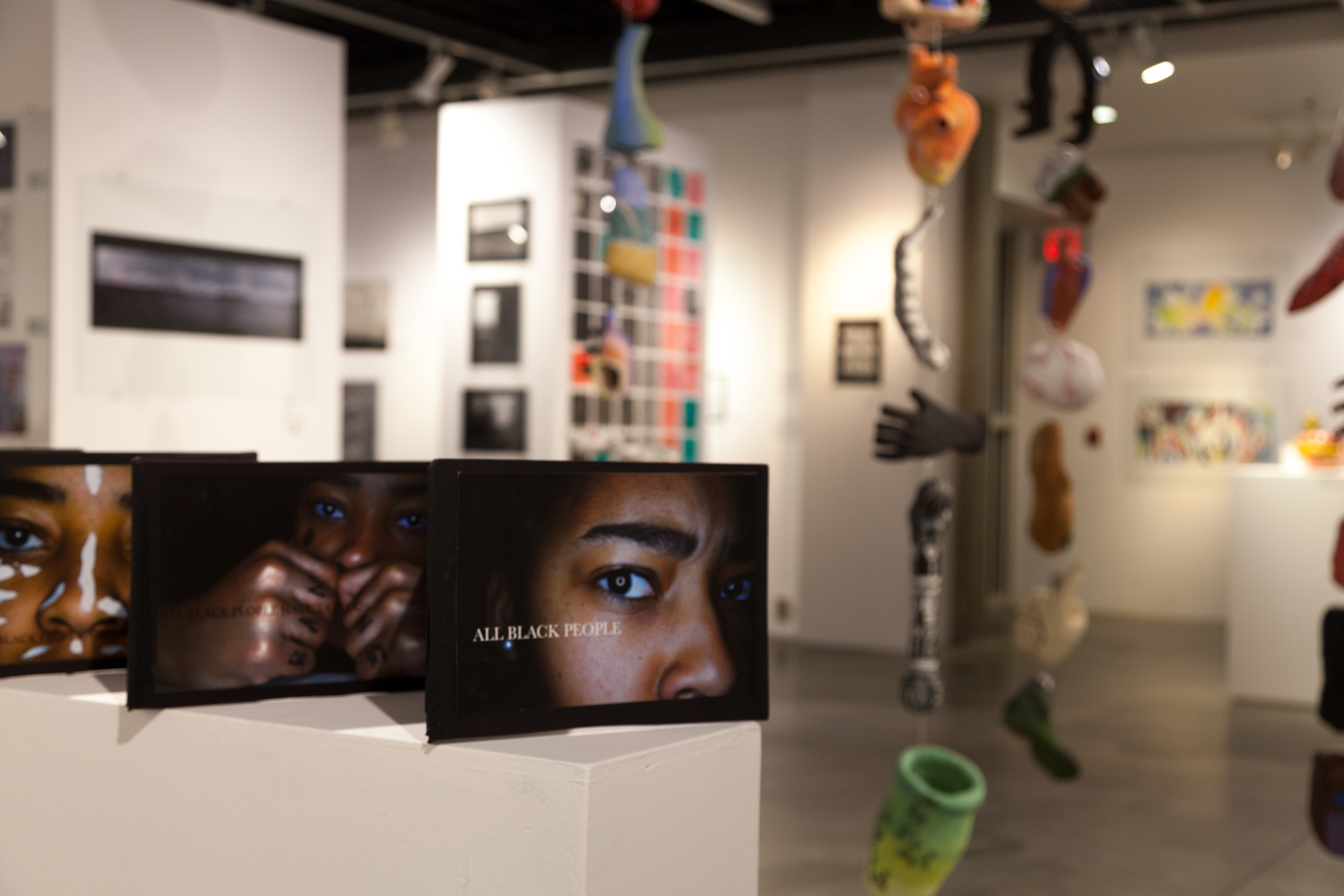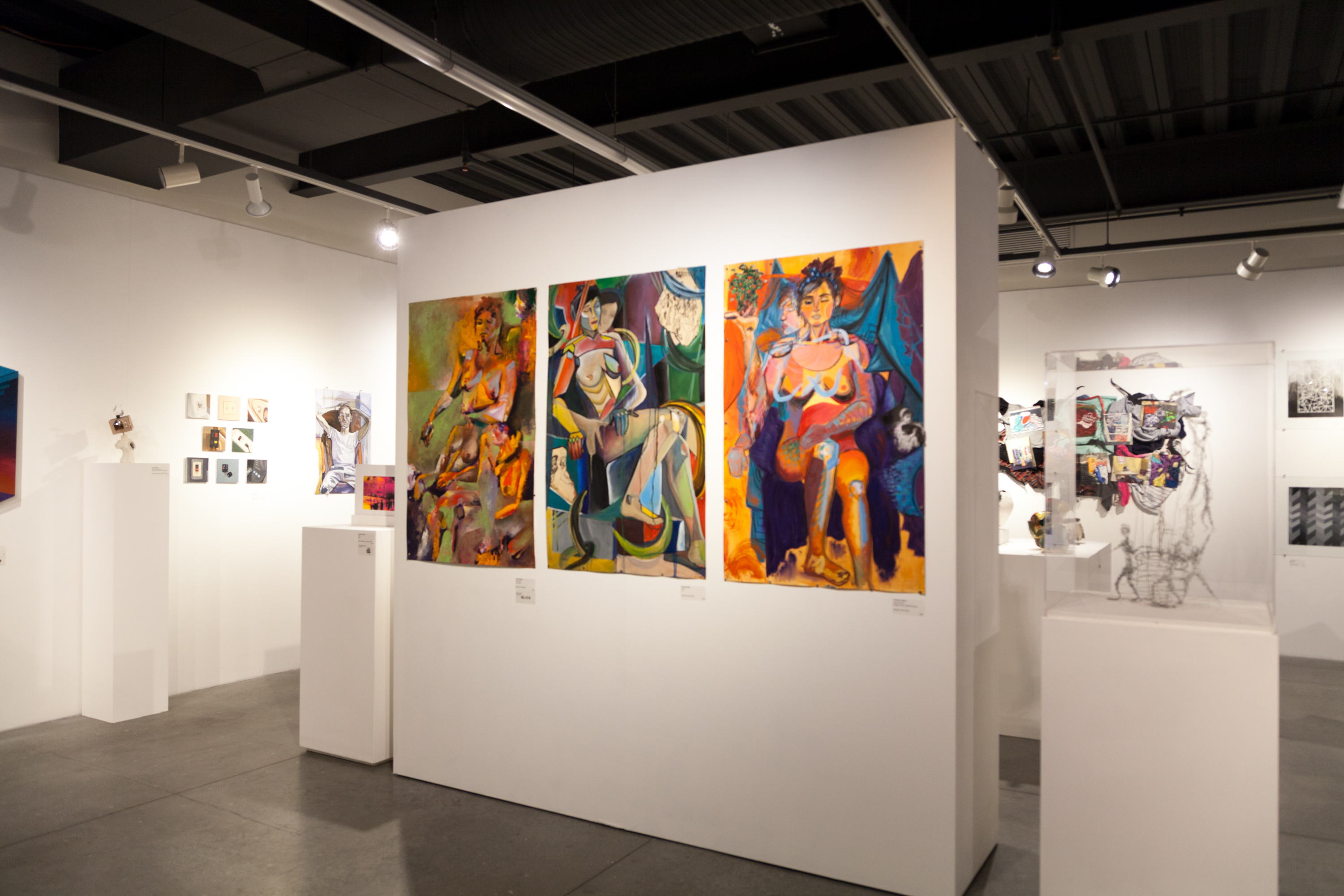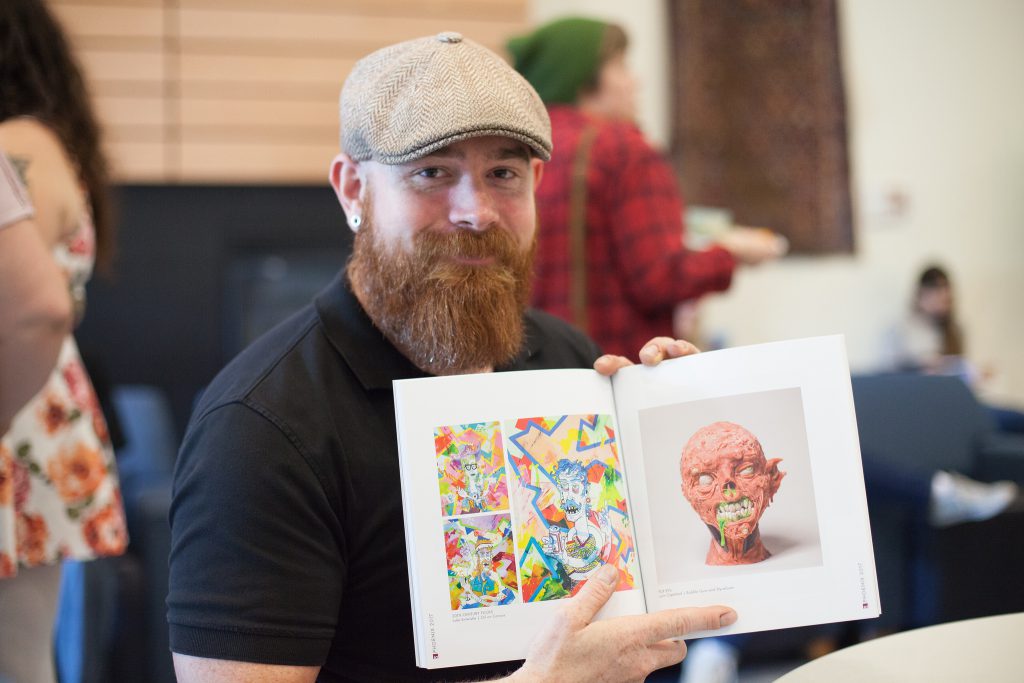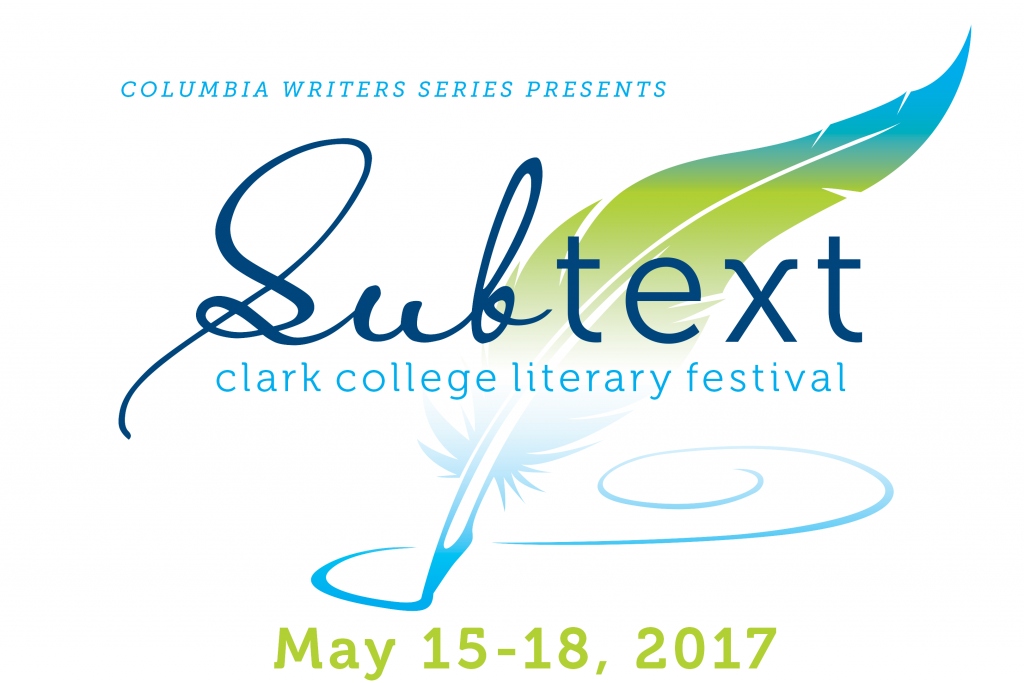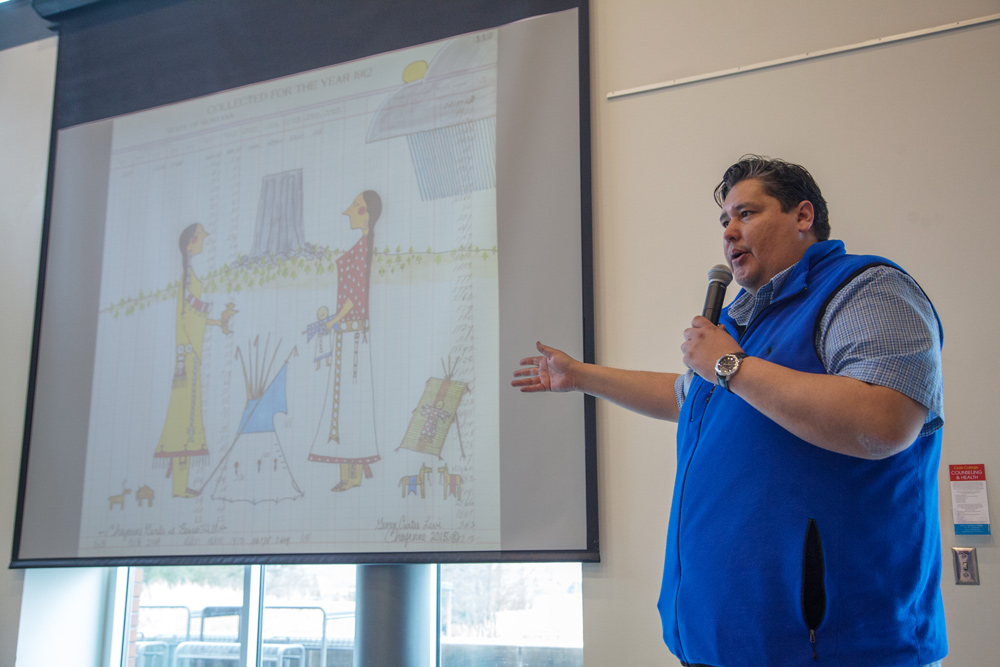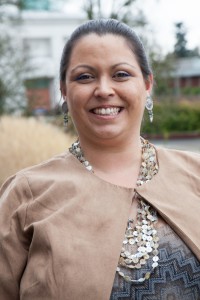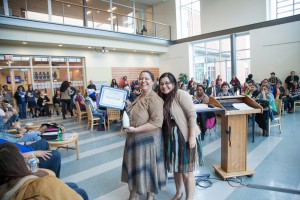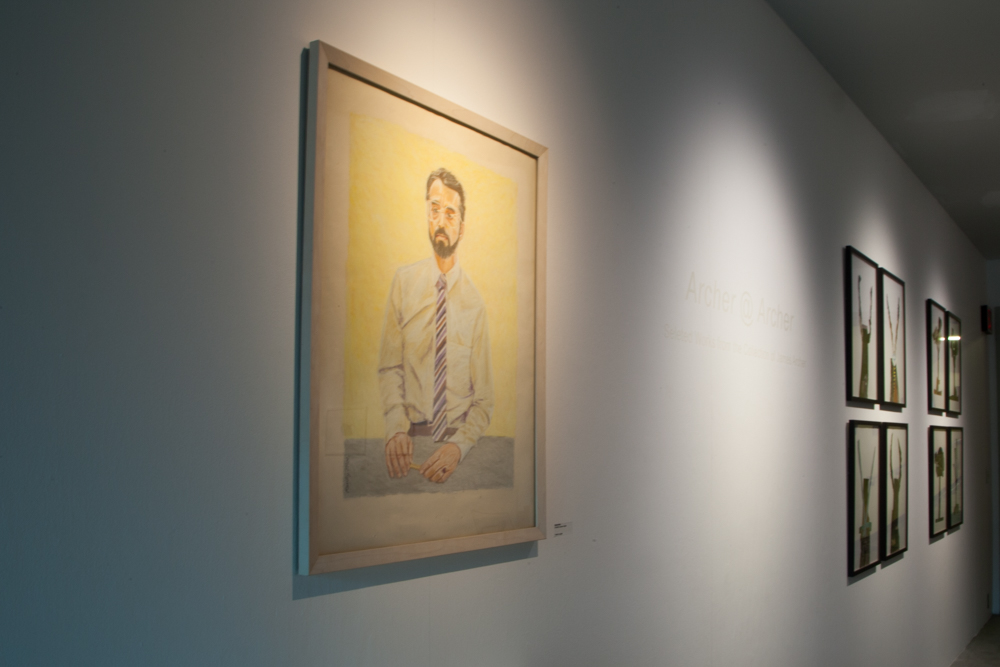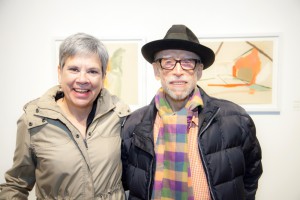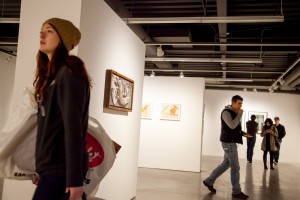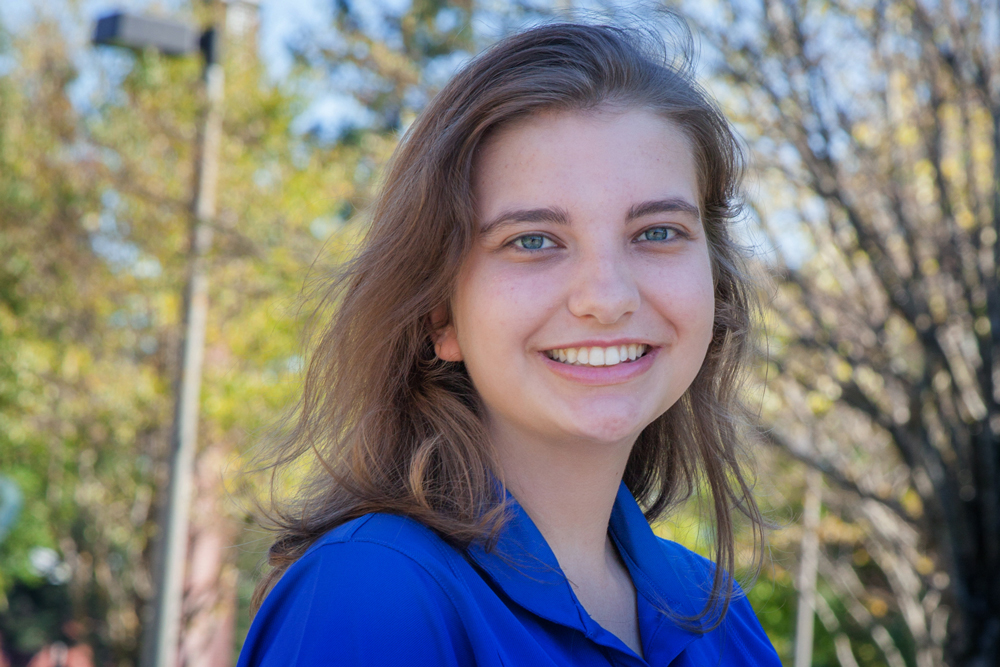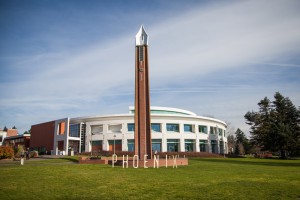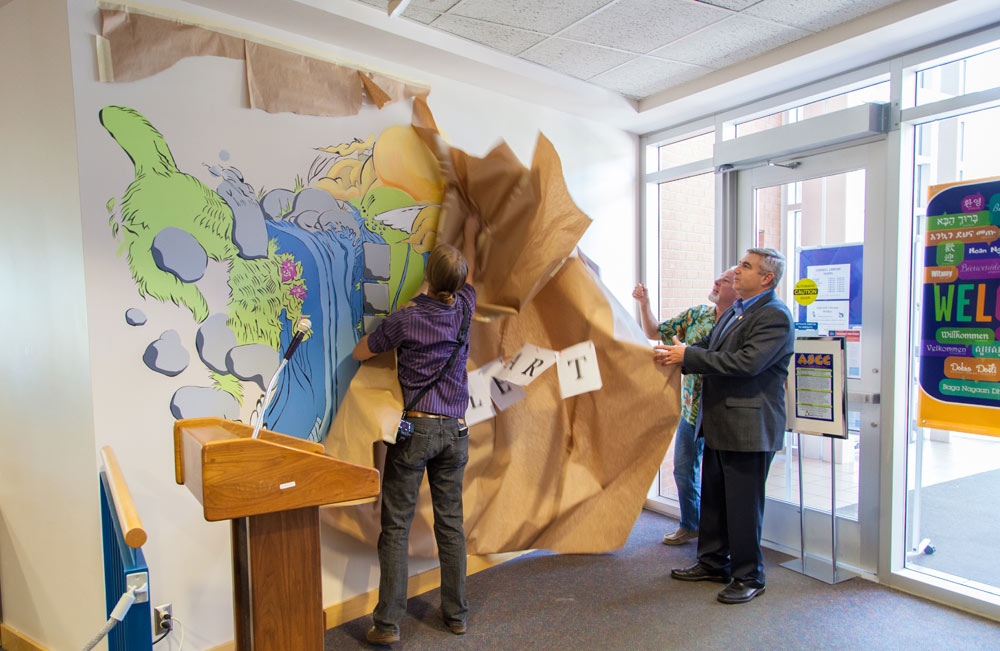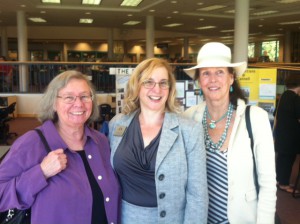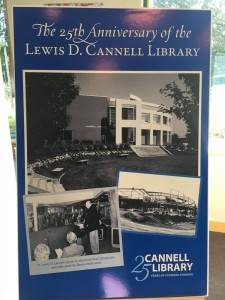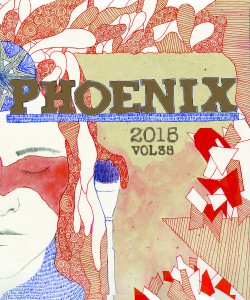Clark instructor earns Guggenheim
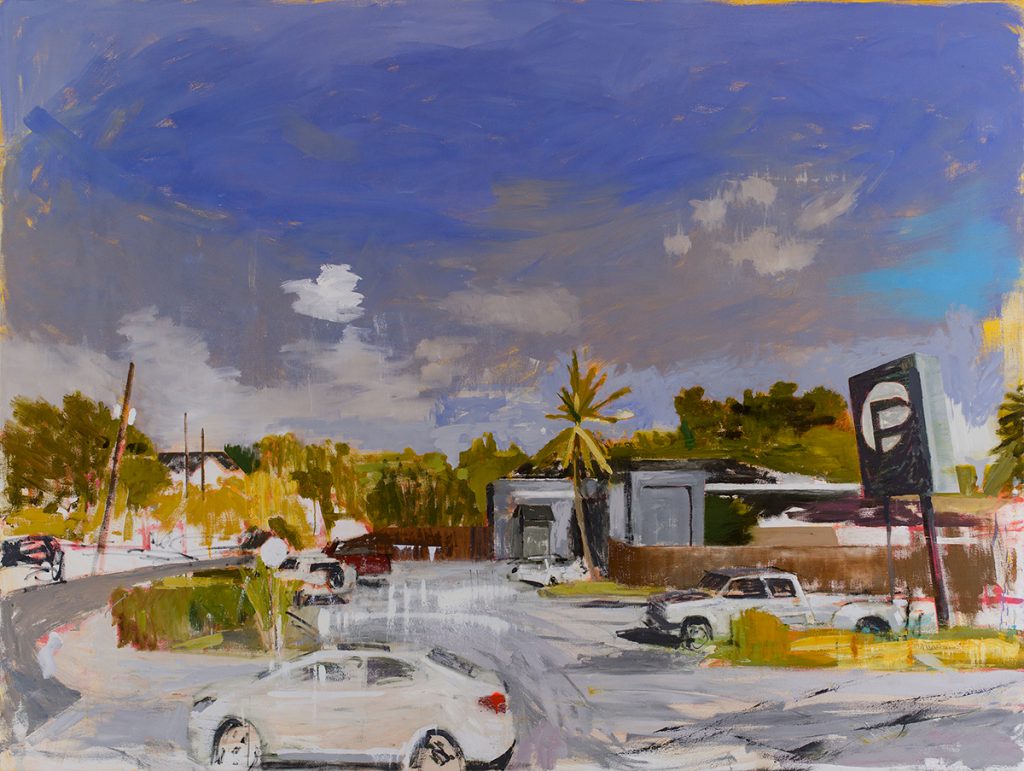
Orlando, Florida, June 12, 2016 is one of a series of paintings from Stephen Hayes’ project In the Hour Before, for which he received a 2018 Guggenheim Fellowship. Image courtesy of Stephen Hayes/Elizabeth Leach Gallery.
Clark College is proud to announce that adjunct art instructor Stephen Hayes has been named a 2018 Guggenheim Fellow in Fine Arts. Hayes is one of 175 scholars, artists, and scientists from the U.S. and Canada to receive this honor from the John Simon Guggenheim Memorial Foundation.
“As one of the few community colleges in the state to offer an Associate in Fine Arts degree, Clark College takes pride in the high level of quality of the faculty members who teach in our studio arts programs,” said Professor Lisa Conway, chair of the college’s art department. “We are thrilled, though in no way surprised, by Stephen’s latest accomplishment.”
Hayes has taught classes including drawing, color design, and two-dimensional design at Clark since 2012, shortly after he presented a lecture during the college’s popular Clark Art Talks series. Besides Clark, his teaching experience includes Oregon State University and Yarmouk University. As an artist, Hayes has held over 35 solo exhibitions in the U.S. and abroad, and his works are housed in the collections of the New York Public Library, the Frans Masereel Centrum voor Grafiek in Kasterlee, Belgium, The Portland Art Museum, The Hallie Ford Museum, The Gates Foundation, Lewis and Clark College and more than 100 private and public collections in the United States, Europe, and Japan.
Hayes, who lives in Portland, will use the fellowship’s funding to pursue a project titled In The Hour Before, in which he uses Google Earth to view places that have been affected by gun violence and paints them as they would be seen in the hour before the violent event took place.
“It is both exciting and humbling to be awarded this fellowship,” said Hayes. “So many artists are as deserving of this kind of recognition. I have worked with focus for a long time and have gotten a few breaks over the years with exhibitions, grants, and awards. This one feels as if it can not only be a recognition for past efforts, but also can open doors to new possibilities.
More information about Stephen Hayes is available at www.gf.org/fellows/all-fellows/stephen-hayes/ and at his website, www.stephenhayes.net.

